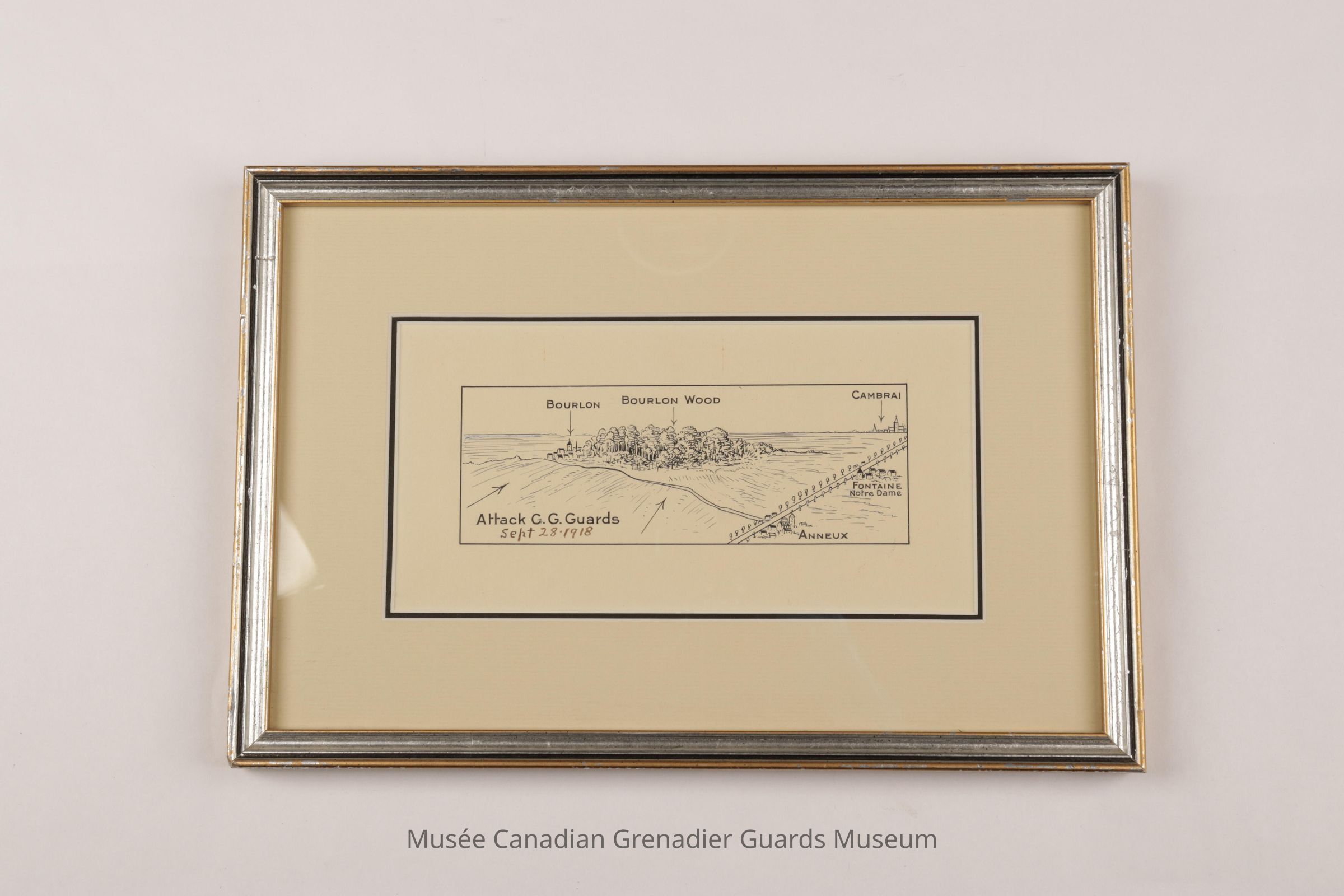Context
***WILL REVIEW AGAIN***
The Battle of Canal du Nord played part in the Hundred Days Offensive of the First World War (1914-1918) and involved the United Kingdom, Canada and New Zealand against Germany on the Western Front. The battle took place between the 27th of September 1918 and the 1st of October 1918 and was situated in the Nord-Pas-de-Calais region of France, along an incomplete portion of the Canal du Nord and on the outskirts of Cambrai. The aim of the battle was to prevent the Germans from sending reinforcements against one attack along the Western Front.
The Canadian Corps, placed on the British First Army front, was in charge of leading the attack and was directed by Arthur Currie. They had the objectives of taking the Canal du Nord and Bourlon Wood, as well as taking the bridges at Canal de l’Escaut and “high ground near Cambrai”.
Twelve Victoria Crosses were awarded following the battle:
Acting Lieutenant-Colonel John Vereker, 6th Viscount Gort of the 1st Battalion, Grenadier Guards.
Captain John MacGregor, 2nd Battalion, Canadian Mounted Rifles.
Captain Cyril Hubert Frisby, 1st Battalion, Coldstream Guards.
Lieutenant Graham Thomson Lyall, 102nd (North British Columbia) Battalion, CEF.
Lieutenant Samuel Lewis Honey, 78th Battalion (Winnipeg Grenadiers), CEF. KIA
Lieutenant George Fraser Kerr, 3rd Battalion (Toronto Regiment), CEF.
Lieutenant Milton Fowler Gregg, Royal Canadian Regiment.
Sergeant William Merrifield, 4th (Central Ontario) Battalion, CEF.
Sergeant Frederick Charles Riggs, 6th Battalion, York and Lancaster Regiment. KIA
Corporal Thomas Neely, 8th Battalion, The King's Own Royal Regiment (Lancaster). KIA
Lance-Corporal Thomas Norman Jackson, 1st Battalion, Coldstream Guards. KIA
Private Henry Tandey, 5th Battalion, Duke of Wellington's Regiment (West Riding).
The Canadian participation in the Battle of the Canal du Nord is commemorated at the Canadian Bourlon Wood Memorial, located southeast of the town of Bourlon.Name/Title
Unknown
